This tutorial will cover creating an Uptime Kuma server using a Docker Container. Uptime Kuma is a monitoring software meant to create simplistic dashboards that track the uptime of websites, servers, or anything that can be pinged.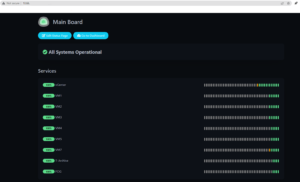
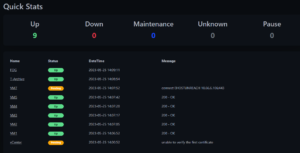
- Assumptions
- You have an Ubuntu 18.04/20.04/22.04 virtual/physical machine made.
- The machine is up to date (apt-get update AND apt-get upgrade)
- Install Docker
- sudo apt-get install docker.io
- You can check the installation by doing “sudo docker ps” and seeing if it outputs an error or not
- Create an Uptime Kuma Docker volume
- docker volume create uptime-kuma
- Run the docker container
- docker run -d –restart=always -p 3001:3001 -v uptime-kuma:/app/data –name uptime-kuma louislam/uptime-kuma:1
- Connect to the interface and create a user account
- The default web interface port is 3001 so you can navigate to the web GUI by entering IP_ADDRESS:3001 in your web browser.
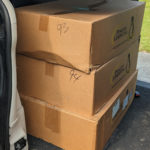
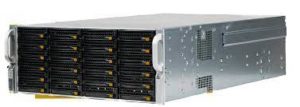
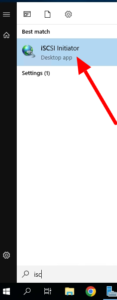 Step 1 – On the server that is connecting to the NAS, install iSCSI Initiator. By typing iSCSI in the start bar you will get the best match of iSCSI Initiator, simply click on it. Click the Yes button to make it a service that starts automatically in the future.
Step 1 – On the server that is connecting to the NAS, install iSCSI Initiator. By typing iSCSI in the start bar you will get the best match of iSCSI Initiator, simply click on it. Click the Yes button to make it a service that starts automatically in the future.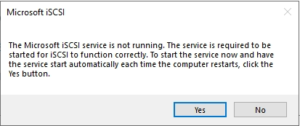
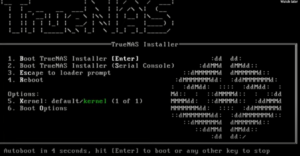 After the initial initialize page, you can press “1” to select the “Install/Upgrade” option
After the initial initialize page, you can press “1” to select the “Install/Upgrade” option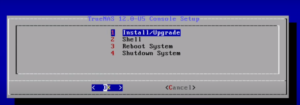 You can then say yes to your data being wiped, enter a password, and to “Boot Via BIOS” you can choose UEFI if you want, I just chose BIOS since it is compatible with our legacy devices.
You can then say yes to your data being wiped, enter a password, and to “Boot Via BIOS” you can choose UEFI if you want, I just chose BIOS since it is compatible with our legacy devices.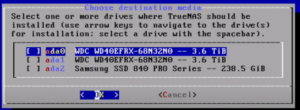
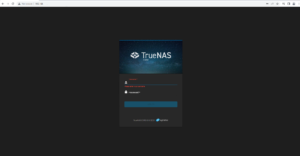 Enter the Web GUI
Enter the Web GUI